Welcome to my Vocal Music website. My name is Judith Chan and this is my 30th year of teaching music. Before joining the Horace Mann School since the Fall of 2019, I taught at Beverly Vista School for 18 years. Singing and performing in children's chorus at a young age while growing up in Hong Kong has led to my passion in music education as an adult.
My undergraduate study was in Piano Pedagogy. After I received my music teaching credential in Australia, I came back to the states to finish my Master in Music Education with an emphasis in Kodály methodology. I have performed with the California Bach Society and the San Francisco Symphony Chorus in the Bay Area. It is my belief that every child should have access to the highest quality of music education and this opportunity should be offered at school and not by chance. Research has shown that students who are musically literate can often be better learners in other subjects. While performing is an important aspect in music, my focus in the music room will always be about music literacy.
Please email me at [email protected] if you have any questions. I look forward to another year of music making with your child.
Meet Ms. Chan
Kindergarten Music Curriculum Kindergarteners receive music instruction from a credentialed music specialist one day per week for 30 minutes. Students learn about music through lively activities including listening, singing, and moving to music. Children’s books, puppets, and singing games are incorporated into music lessons to help children learn basic music skills:
- sing age-appropriate songs from memory
- identify and demonstrate an understanding of singing voice/pitch matching
- identify and demonstrate an understanding of steady beat
- identify and demonstrate an understanding of the following concepts: high/low; fast/slow; loud/soft; short/long; same/different
First graders receive music instruction from a credentialed music specialist one day per week for 30 minutes. Students learn about music through lively activities including listening, singing, and moving to music. Children’s books, manipulatives, and singing games are incorporated into music lessons to help children learn basic music skills:
- sing age-appropriate songs from memory
- identify and demonstrate the difference between beat and rhythm
- match pitch through echoing of short melodic patterns
- identify and demonstrate an understanding of rhythms including ta, titi, rest
- identify and demonstrate two beat rhythm ostinati
- sing simple 2 part rounds
- identify and demonstrate an understanding of two beat meter, measure, bar line, double bar line, and repeat sign
- identify and demonstrate an understanding of melodic notes so and mi
- move to music in simple dances and singing games
Second graders receive music instruction from a credentialed music specialist one day per week for 30 minutes. Students learn about music through lively activities including listening, singing, and moving to music. Children’s books, manipulatives, and singing games are incorporated into music lessons to help children learn basic music skills:
- sing age-appropriate songs from memory
- match pitch and develop healthy singing voice/head voice
- identify and demonstrate understanding of do, mi, so, la
- identify and demonstrate rhythms including ta, titi, rest, ta-a
- identify and demonstrate four beat meter
- sing simple 2-part rounds
- identify and demonstrate understanding of steps and skips
- use musical vocabulary to describe music
- move to music through simple dances and singing games
Third graders receive music instruction from a credentialed music specialist one day per week for 30 minutes. Students learn about music through lively activities including listening, singing, and moving to music. Children’s books, manipulatives, and singing games are incorporated into music lessons to help children learn basic music skills:
- sing age-appropriate songs from memory
- match pitch and develop healthy singing voice/head voice
- identify and demonstrate an understanding of do, mi so and la
- identify and demonstrate an understanding of rhythms including ta, titi, rest,ta-a, tiki-tiki, ti-tiki, tiki-ti (quarter, eighth, half, and sixteenth notes)
- identify and demonstrate new melodic notes re, low la and low so
- identify and demonstrate absolute pitch names of the treble staff
- identify and demonstrate the do pentatonic scale
- moving to music while playing simple dances and singing games
Fourth graders receive music instruction from a credentialed music specialist one day per week for 50 minutes. Students learn music concepts through singing games, dances, listening, reading, and writing activities. Instructional goals include:
- sing age-appropriate songs from memory
- match pitch and develop healthy singing voice/head voice
- identify and demonstrate an understanding of pentatonic scales/intervals
- identify and demonstrate an understanding of rhythms including ta, titi, rest, ta-a, tiki-tiki, ti-tiki, tiki-ti, ta-a-a-a, half rest, tum-ti (quarter, eighth, half, sixteenth, whole, dotted quarter notes)
- identify and demonstrate melodic notes d, r, m, s, l, low l, low s and high do
- identify and demonstrate absolute pitch names of the treble staff
- identify and demonstrate the do, la, so pentatonic scales
- move to music while playing simple dances and singing games
Fifth graders receive music instruction from a credentialed music specialist one day per week for 50 minutes. Students learn music concepts through singing games, dances, listening, reading, and writing activities. Instructional goals include:
- sing age-appropriate songs from memory
- match pitch and develop healthy singing voice/head voice
- identify and demonstrate an understanding of pentatonic scales/intervals
- identify and demonstrate an understanding of rhythms including ta, titi, rest, ta-a, tiki-tiki, ti-tiki, tiki-ti, syncopa, ta-a-a-a, half rest, tum-ti (quarter, eighth, half, sixteenth, whole, dotted quarter notes)
- identify and demonstrate melodic notes d, r, m, f, s, l, t, low l, low s and high do,
- identify and demonstrate absolute pitch names of the treble staff
- identify and demonstrate the do, la, so pentatonic scales and the major scale
- move to music while playing simple dances and singing games
Report Cards are designed to give you an understanding of how well your child is meeting the music standards. Although music encompasses many areas of knowledge and abilities, each grade level will only be assessed on a few integral music skills per quarter. The music score on the report card reflects an average of the specific skills that were assessed for that quarter. It is important to understand that the music grade is no longer a conduct/effort grade, but rather an assessment of your child’s ability to accomplish the given music standard.
An Advanced (4) student will:
- Consistently demonstrate the application of music standards in other situations and areas of learning
- Always participate effectively in all music activities
- Demonstrate mastery of all music skills
A Proficient (3) student will:
- Always participate effectively in all music activities
- Demonstrate mastery of most music skills
A student that is Approaching Proficiency (2):
- Sometimes participates effectively in music activities
- Demonstrates mastery of some music skills
A student that is falling Below Expectations (1):
- Rarely participates effectively in music activities
- Demonstrates mastery of few music skills
Spoken part (OAKE).m4a
Scales Soprano 1.m4a
Scales Soprano 2
Scales Alto.m4a
Solfege Exercise
America the Beautiful Soprano 1
America the Beautiful Soprano 2
America the Beautiful Alto
Students who are experienced members of the Honor Choir program are eligible to audition for the OAKE National Conference Choir.
Click HERE to learn about the OAKE National Conference Choirs
Click HERE for the audition requirement.
Kodály Music Education
The Kodály concept is a philosophy of music education inspired by Hungarian composer and educator, Zoltán Kodály (1882-1967). Kodály believed that everyone is born with musical aptitude which should be developed as early as possible, first at home, then within the regular school curriculum. The aim is to instill a love of music in each child.
Singing as a Basis
Singing is the foundation of children’s musical development. Singing in tune is a learned behavior that almost all children can accomplish. Just as children develop language by hearing and imitating speech patterns, they learn to match pitch and sing in tune by hearing and imitating musical patterns. Next, singing in harmony further develops the ear, fosters artistry within groups of music makers, and creates a sense of community.
Use of Folk Music
Kodály educators strive to familiarize students with American’s unique musical culture, first with their own musical heritage, then by introducing, comparing, and contrasting such music with music of other ethnic backgrounds. Study of musical components in folk song provides the foundation for understanding art music of all styles.
Kodály Methodology
The Kodály approach is a dynamic, exciting way of teaching and learning based on the developmental readiness of the child. The process involves a sequential layering of skills and concepts designed to build success for every child. Understanding rhythm develops through use of movement activities and rhythmic syllables; melodic and harmonic understanding develops through the use of Solfege syllables (do, re mi…) in the moveable “do” system, interval training, and hand signs. The process begins with singing games and leads to instrument playing, improvising, composing and arranging, reading and notating, analyzing, and evaluating.
Comprehensive music literacy is the ultimate goal.
Check out this link to watch video of the history and philosophy of the Kodály Vision
Quotes from Zoltán Kodaly (1882-1967)
“Teach music and singing at school in a way that it is not a torture but a joy for the pupil; instill a thirst for finer music in him, a thirst which will last for a lifetime.….. Often a single experience will open the young soul to music for a whole lifetime. This experience cannot be left to chance; it is the duty of the school to provide it.”
“The schools will fulfill their purpose when they teach not only how to read but also how to distinguish between good music and bad music.”
“Strictly speaking there are only two kinds of music: good and bad. Why could we not provide the best to someone who has no recognition of either good or bad? He whose taste is unspoiled will certainly enjoy good music.”
“It is evident that this protective inoculation should be administered as young as possible. Good taste cannot be inherited, yet it can be spoiled very early. That is why teaching, in the schools and indeed already in the kindergartens should be of high quality from the start.”
“….music appreciation cannot be simply inhaled with the air, it comes with studying the elements of music.”
“Singing is the core of music-making even when playing an instrument. This has been stressed by a number of great musicians.”
“Singing, untrammeled by an instrument, is the real and profound schooling of musical abilities.
“….a good folk song is a perfect masterpiece in itself.”
“From folk music, sooner or later you can get straight to the highest levels of art music- from the world of hit-tunes: never.”
“Music is an indispensable part of universal human knowledge. He who lacks it has a faulty knowledge. A man without music is incomplete. So it is obvious that music should be a school subject. It is essential.”
“Only music of unquestioned quality – both folk and composed – should be used in the education of children.”
The BHUSD Elementary Honor Choir is an ensemble made up of students of 3rd, 4th and 5th grades in the district. The goal of this class is to cultivate the love and interest of choral singing through teaching proper singing technique, basic music reading skills and the use of age-appropriate choral literature. Singing is a skill that requires learning and practicing. The foundation of these skills need to be built when the children are young. This class will prepare well for our students to continue in the middle school choral program and eventually to the high school level.
Students from 3rd, 4th and 5th who are interested can apply and audition. Audition is held at the beginning of every school year. Commitment for the entire school year is required for participation. Mandatory rehearsal is on every Tuesday after school from 3:15-4:15. Application form is sent out during the first two weeks of school in the Fall. Please email [email protected] for questions.
Photos
Videos
District Honor Choir 2021 Spring Concert
Concert Choir performed Sweet Nightingale at the 2017 World Strides Music Festival
Concert Choir performed Shenandoah at the 2017 World Strides Music Festival
Concert Choir performed Ëgyetëm, Bëgyetëm by Zoltán Kodály at the World Strides Music Festival
Concert Choir performed at the Carnegie Hall as a featured choir 2017
Concert Choir performed as a featured choir at the 2016 OAKE National Conference
Concert Choir performed Aizu Bandaisan at the 2016 OAKE National Conference
2020 OAKE National Children's Choir performed Come Ye Sons of Art by Henry Purcell at the Chicago Symphony Hall
2019 Rome Festival performance at the Pantheon




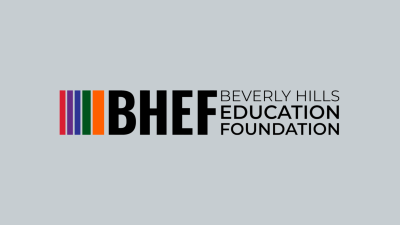
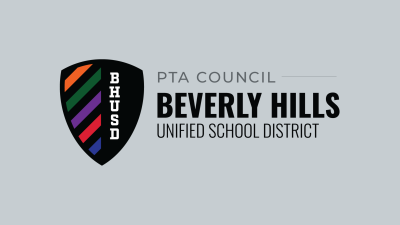
.png?command_1=resize&width_1=400)

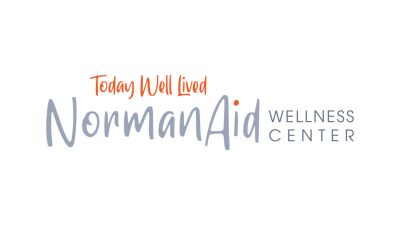


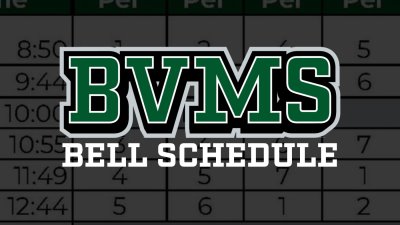
.png?command_1=resize&width_1=400)
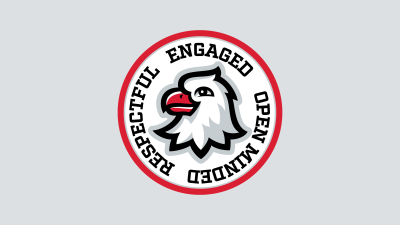
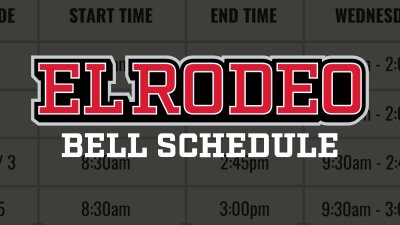
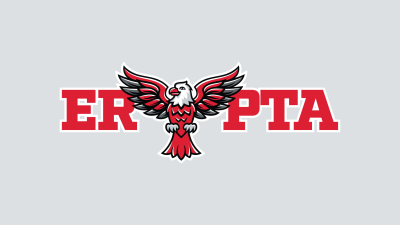
.png?command_1=resize&width_1=400)
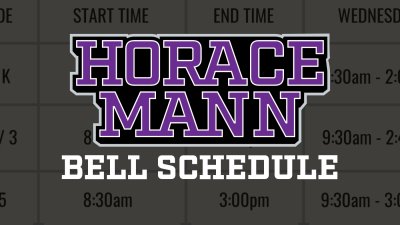
.png?command_1=resize&width_1=400)
